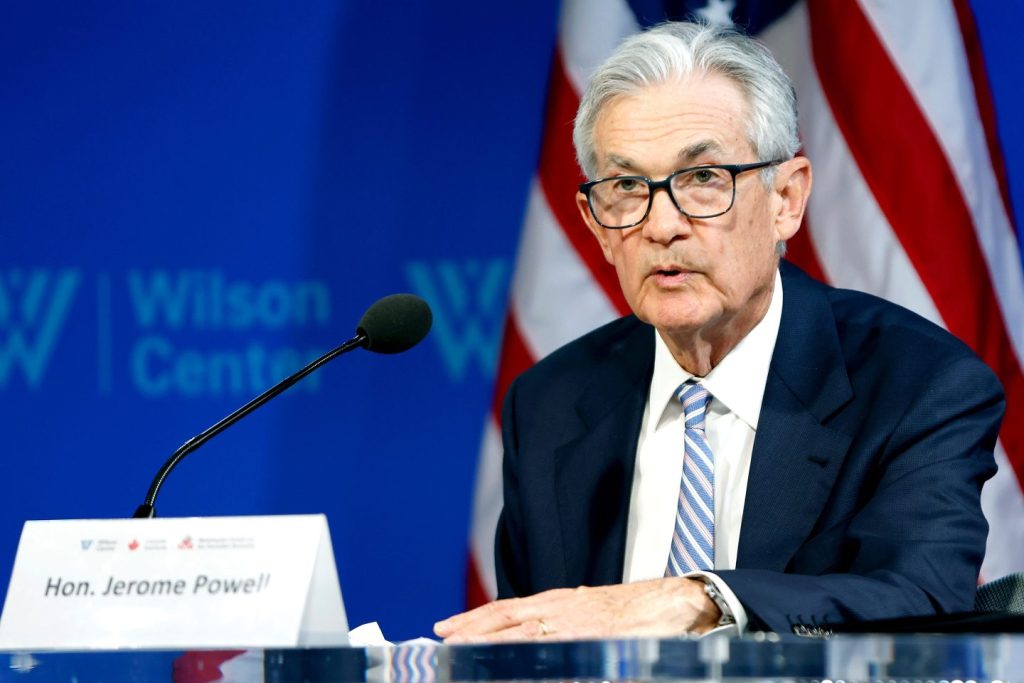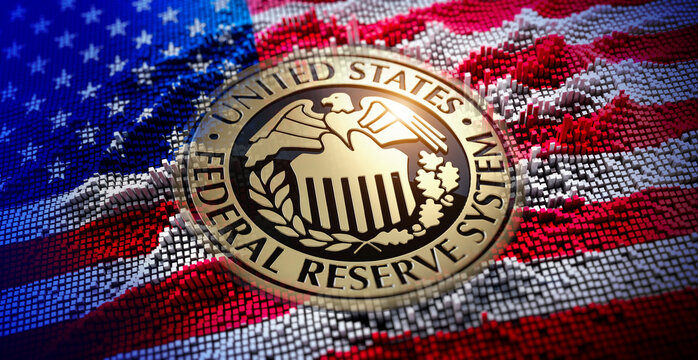The world is on edge as the Federal Reserve prepares to announce its interest rate decision today at 2 p.m. Eastern time (21:00 CEST). With inflation easing and signs of economic turbulence appearing, the Fed is widely expected to cut rates, marking the first reduction since 2020. Investors are left wondering: Will this rate cut fuel the next crypto bull run, or could it set a trap for unwary investors?
The Federal Open Market Committee (FOMC) is expected to proceed with a rate cut, although it remains uncertain whether it will be by 25 or 50 basis points. As this decision looms, global markets are bracing for impact, particularly in the volatile cryptocurrency space. Historically, Fed rate cuts have significantly affected traditional markets, but their relationship with digital assets like Bitcoin and Ethereum remains more nuanced.

Bullish Response: Rate Cuts Fueling the Crypto Engine
When the Federal Reserve lowers interest rates, it generally makes borrowing cheaper, leading to more liquidity in the economy. Traditionally, this influx of capital has been a boon for stocks, and in recent years, crypto markets have benefited too. Lower interest rates often drive investors toward riskier assets with the potential for higher returns, like cryptocurrencies.
Historically, when rates drop, capital flows into investments like Bitcoin and Ethereum. During the post-pandemic era, when the Fed slashed rates to near-zero, the crypto market saw unprecedented growth, with Bitcoin soaring to all-time highs. If the Fed opts for a cut of 25 or 50 basis points, we could see a similar surge in capital flowing into digital assets.
Another key factor is liquidity. Rate cuts increase liquidity in financial systems, creating an environment where traders have more cash to invest. This often triggers rallies in risk-on assets, which has included crypto in recent years. Retail and institutional investors alike may see this rate cut as an opportunity to move money from traditional assets into higher-risk, higher-reward crypto plays.
Bearish Response: Is the Crypto Market Overestimating the Power of the Fed?
While a rate cut may appear bullish at first glance, the situation could turn out to be more complicated. Rate cuts usually signal deeper concerns about the health of the economy, and a weakening economy could spell trouble for speculative assets like crypto.
In past instances, rate cuts have sometimes led to initial surges followed by sharp pullbacks as the broader economic picture worsened. If the global economy slips into a recession, liquidity may dry up quickly, and the demand for cryptocurrencies could shrink. While institutional investors have shown interest in Bitcoin and Ethereum in recent years, they might pull back in favor of safer assets like gold or government bonds if the economic outlook dims further.
Moreover, extreme volatility often characterizes crypto markets during periods of macroeconomic instability. Even if there’s an initial uptick after the rate cut, the long-term effects could be bearish as investors reassess risk in a contracting economy. With rising concerns of a deeper recession, the Fed’s actions could unintentionally trigger a flight from risk, leaving the crypto market vulnerable to a significant correction.
Conclusion: A Make-or-Break Moment for Crypto
The upcoming interest rate decision from the Fed could be a game-changer for both traditional and crypto markets, but the outcome remains highly uncertain. Whether the cut is by 25 or 50 basis points, the broader economic environment will play a crucial role in determining whether this rate cut leads to another bull run or a sharp downturn.
Investors should be cautious. Although rate cuts tend to boost liquidity and fuel asset rallies, the underlying economic conditions could still deteriorate, leading to bearish outcomes. For now, all eyes are on the Fed’s 2 p.m. (Eastern) announcement — and the crypto market is bracing for what could be a defining moment in its trajectory.
Will this rate cut fuel the next major crypto rally, or will it reveal the fragility of the market in a volatile economic environment? Time will tell, but the stakes have never been higher.
